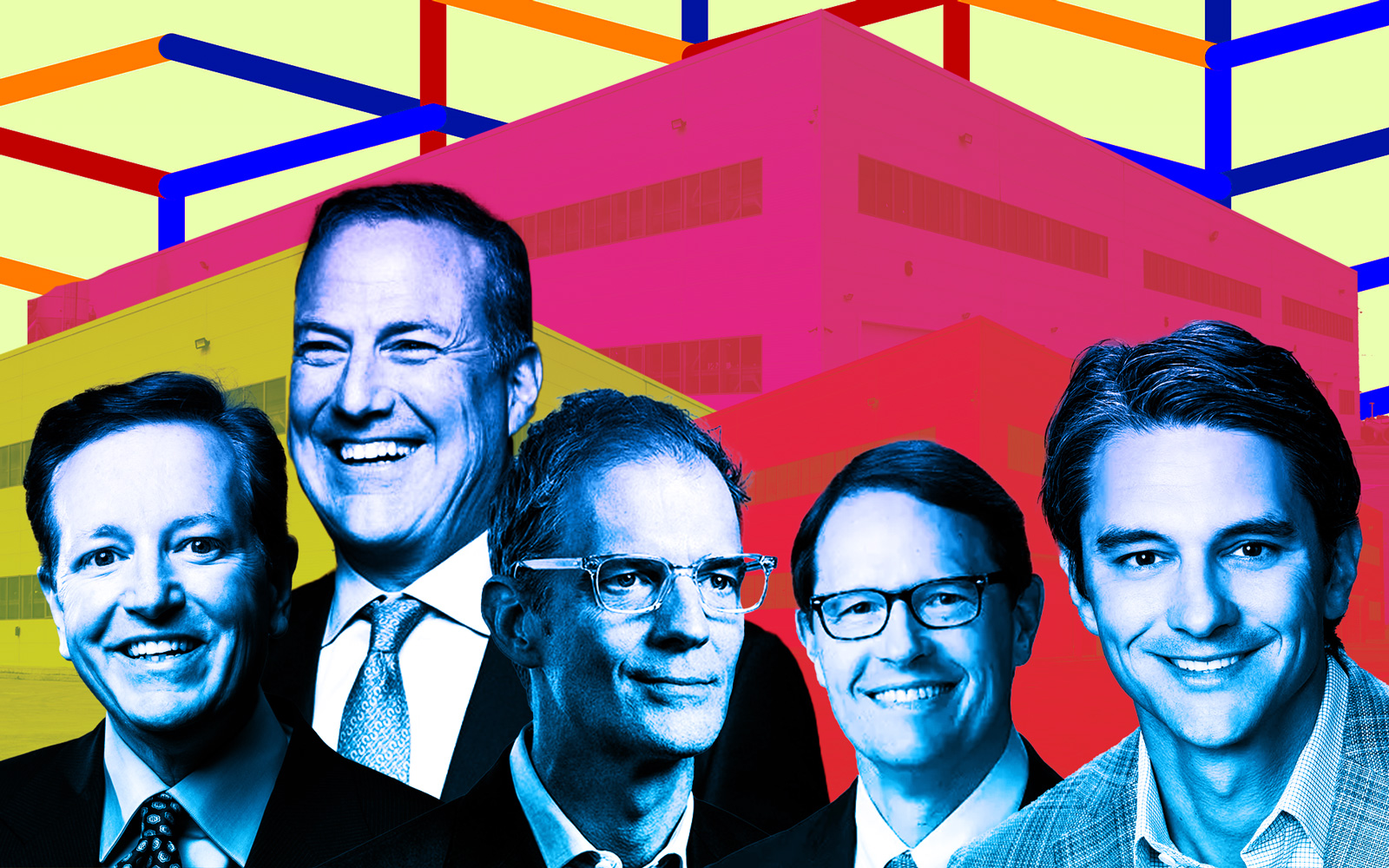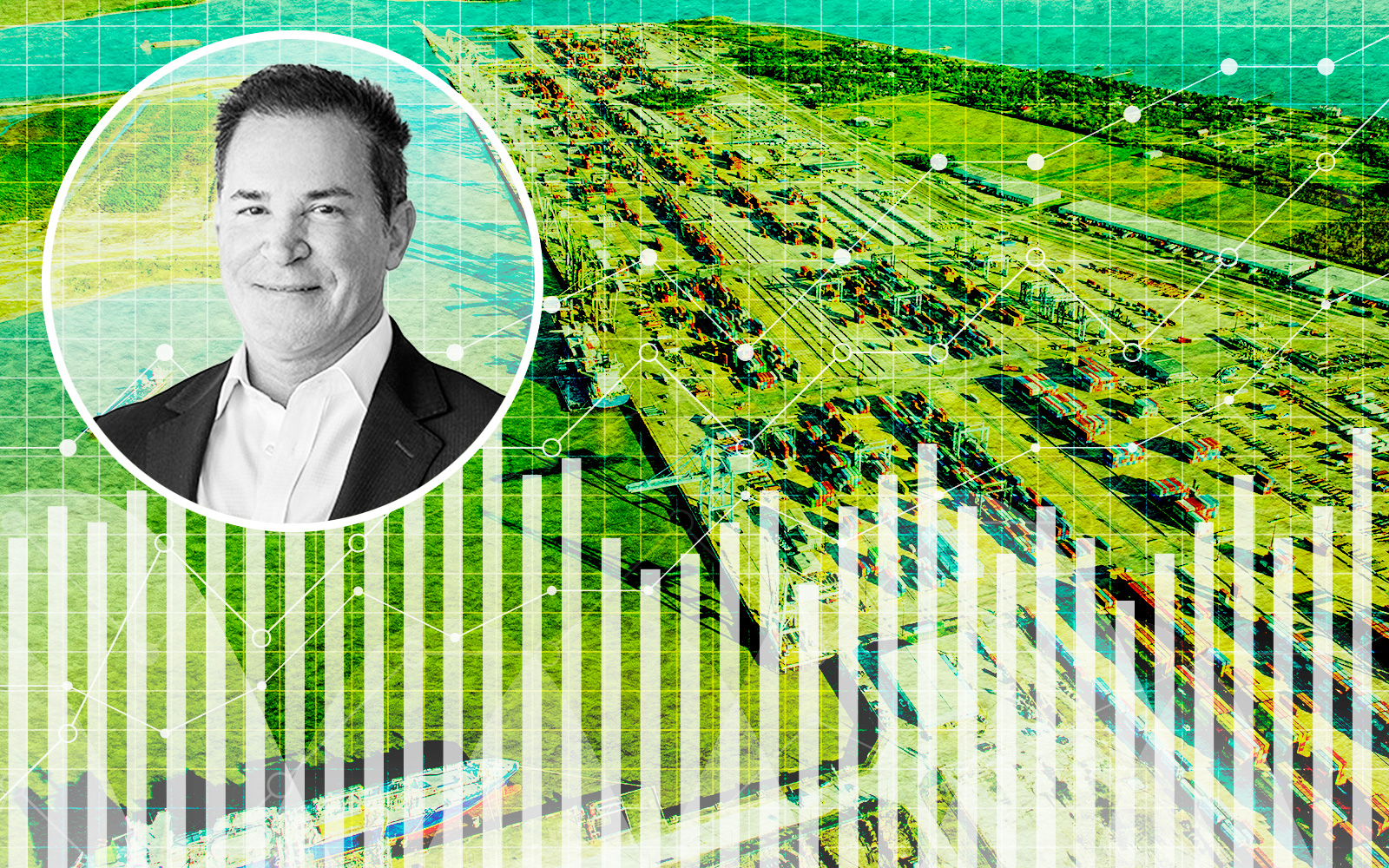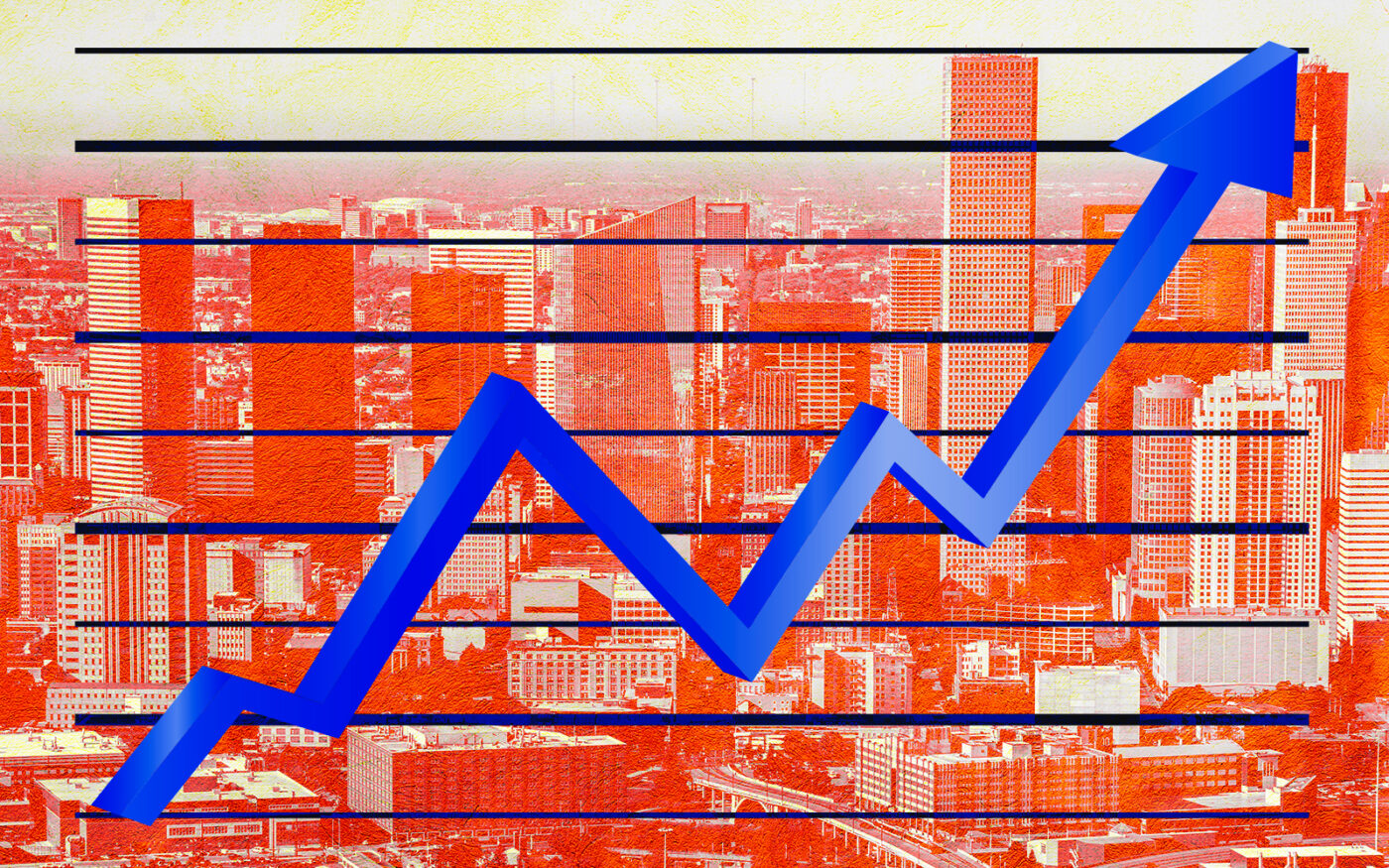Houston’s industrial market is showing resilience as it continues to post solid gains at the halfway point of the year, with a few hiccups.
Leasing activity remained healthy throughout the second quarter, reaching 7.8 million square feet, according to JLL.
Net absorption dipped to 4.8 million square feet but reached a year-to-date total of 10.2 million square feet, which is higher than the 2019 annual average of nearly 10 million square feet.
Tenant expansions primarily led leasing activity and net absorption. They represented more than half of the leasing volume, showcasing the strong growth intentions of Houston’s industrial occupiers.
Company market expansions and building expansions accounted for half of all leasing activity in the second quarter. Notably, retail giant Macy’s relocated to a modern structure, spanning 909,000 square feet, at Interchange 249. Meanwhile, logistics firm Penske expanded its footprint in Houston by nearly 604,000 square feet at the South Belt Central Business Park.
Ports in the southeast and warehouses in the northwest submarkets continued to dominate, representing 51 percent of leasing activity, identical to last quarter when the ports skyrocketed the Bayou City to one of the top-performing industrial markets in the nation. The north and southwest submarkets were in step, representing 43 percent of the total. The central business district, south, northeast and west submarkets combined for the remaining 6 percent of leasing activity.
Tenants faced challenges as landlords continued to push asking rents, causing some deal paces to slow and vacancies to marginally increase. Large speculative developments, including the I-10 West Trade Center’s 1 million-square-foot buildout, contributed to a 30 percent preleased rate for completions. As a result, vacancy rates increased to 6.6 percent, up from 6 percent in the first quarter. However, that’s below the 6.9 percent five-year quarterly average.
The market’s construction sector experienced a notable shift in the second quarter. After reaching a peak in the previous quarter, the delivery pipeline saw a considerable drop, with 4.3 million square feet breaking ground.
Looking ahead, the industrial demand horizon remains robust, with more than 27 million square feet of tenants actively seeking space in the market, according to JLL. Nearly a quarter of this demand comes from new-to-market companies keen on securing occupancy for their future growth in Houston.
On the supply side, construction activity is expected to slow down in the coming quarters, providing ample opportunities for lease-up in first-generation spaces. These factors, coupled with port dynamics and population growth, are projected to maintain healthy momentum throughout the second half of 2023.
Read more



